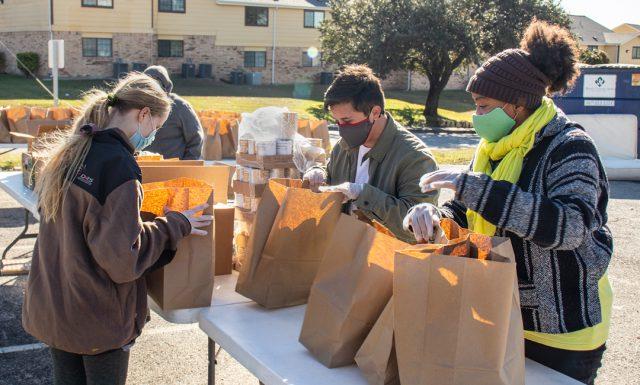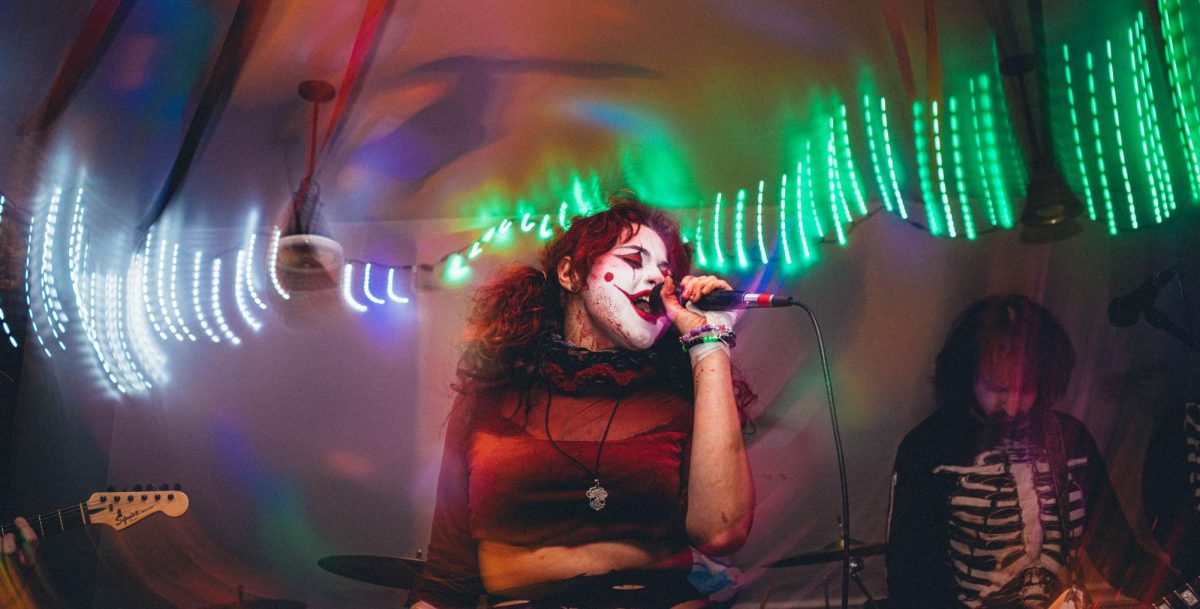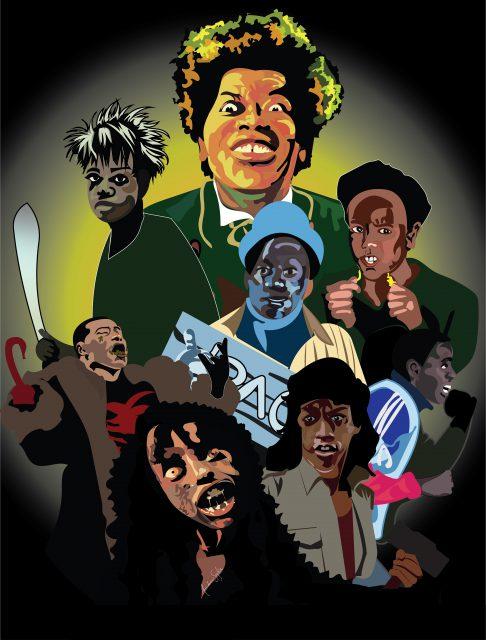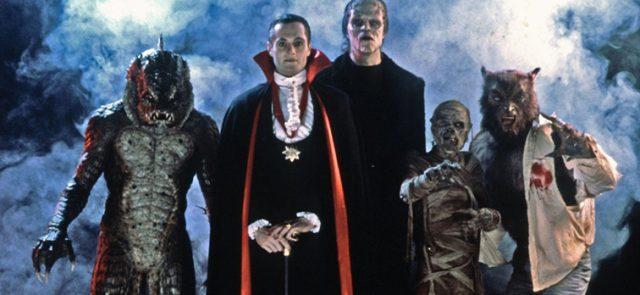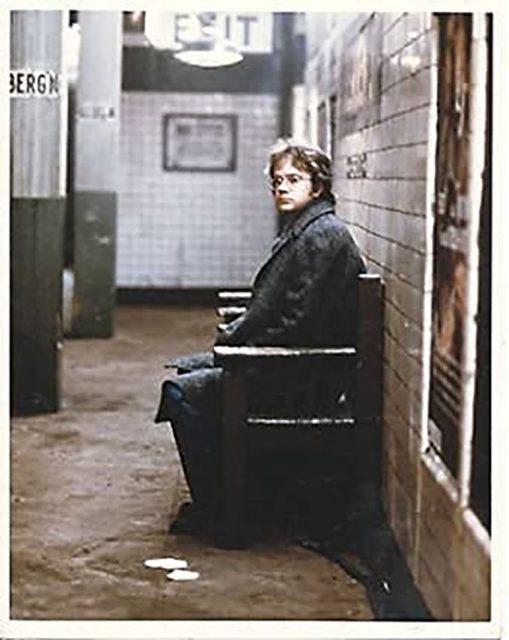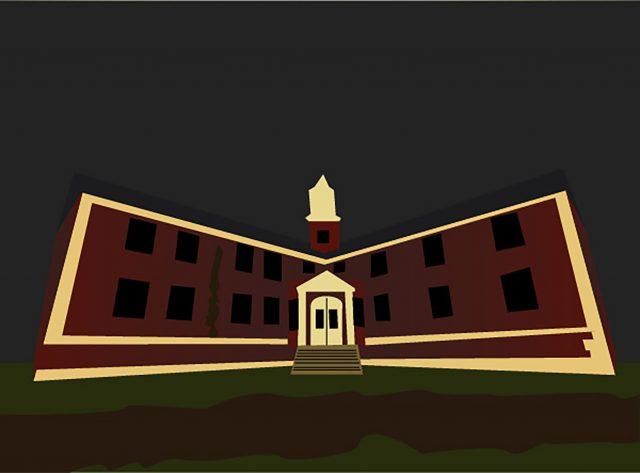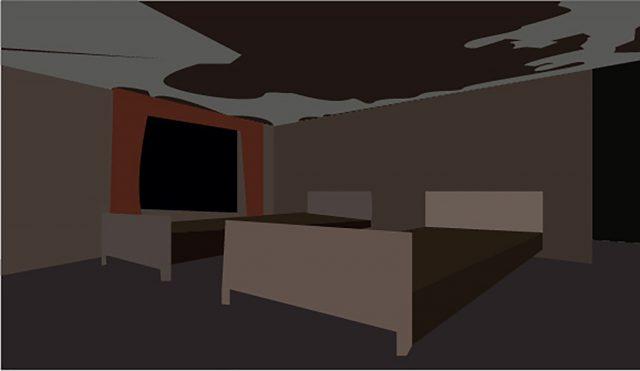
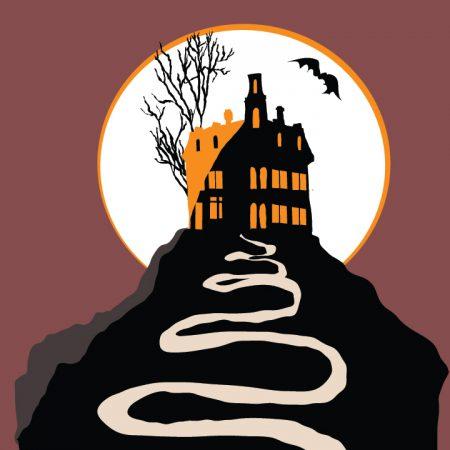
The origins of present-day Halloween date back over 2,000 years ago to aCeltic festival known as Samhain. This festival was held at the end of October. It marked the end of the harvest season and the beginning of winter. The Celts believed the night of Oct. 31 was a day when the dead returned to earth. Fearing evil intent from the returned dead, festival goers wore costumes and masks to appease the dead on the holiday.
43-84 AD-As the Romans overtook the Celts, two of the conquerors’ previous holidays merged with Samhain
609 AD-All Martyrs Day, a day to honor all saints and martyrs, be-
came a tradition in the Roman church each Nov. 1.
1000 AD-The Roman church dedicated Nov. 2 as All Souls Day in honor of the dead. All Saints Day celebrations were also referred to as All Hallows and the night before began to be called All Hallows Eve.
1556-The modern tradition of trick-or-treating begins as a three-day event called AllHallowtide. During this participants dress in black to mourn the dead.
1600s-Halloween is banned by the Puritans of New England. For the next 200-years, Halloween is celebrated primarily by Catholics and Episcopalians
Late 1800’s-The Irish start carving turnips in response to the legend of Stingy Jack. Irish and Scottish immigrants flee to America from the Irish Potato Famine and bring with them their Halloween traditions
1921-1930-The first officially sanctioned Halloween celebration is held in Anoka, Minnesota. Costumes began to appear in shops.
2020-Halloween may look a little different this year due to COVID-19, but it will feature a spooky spectacle full moon, the first since World War II.
























